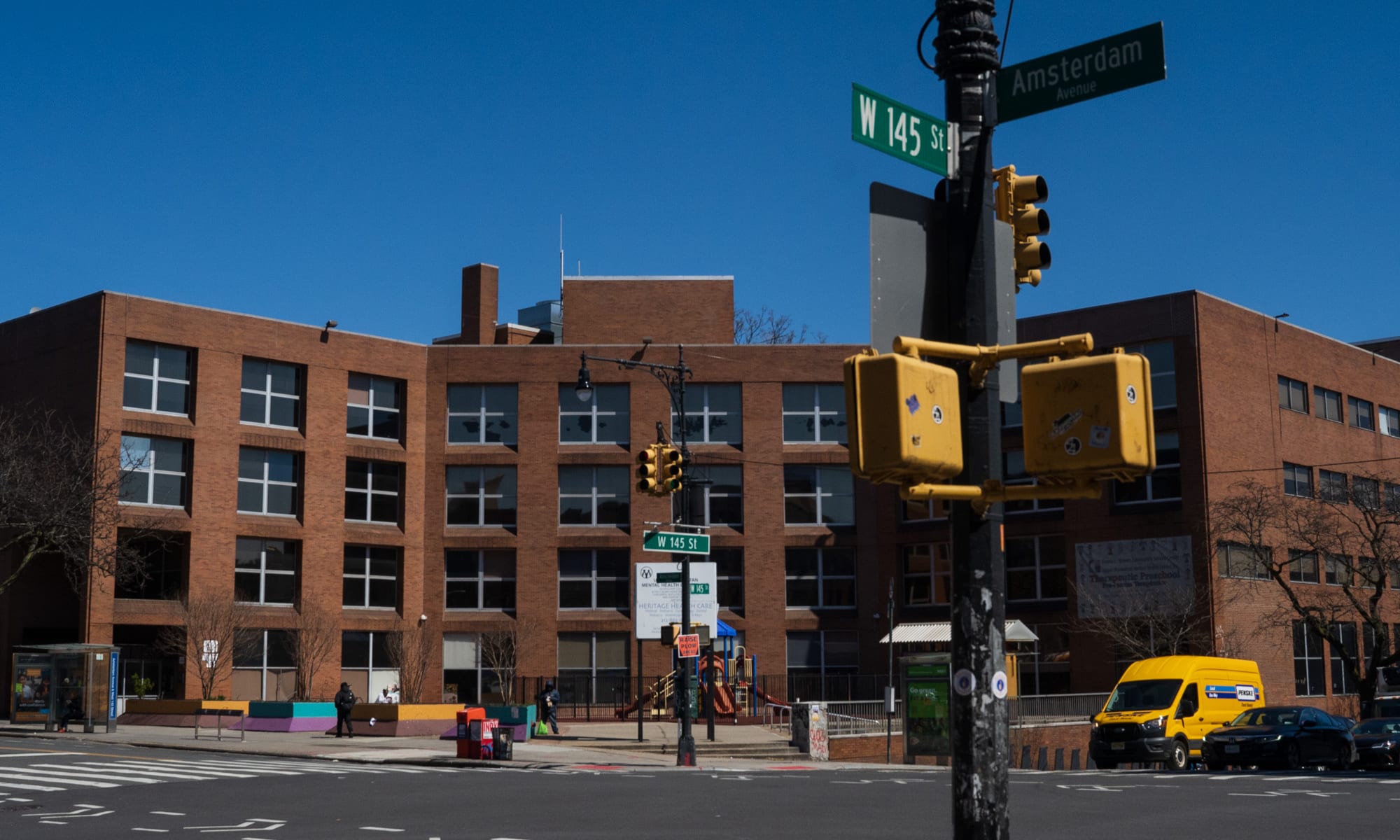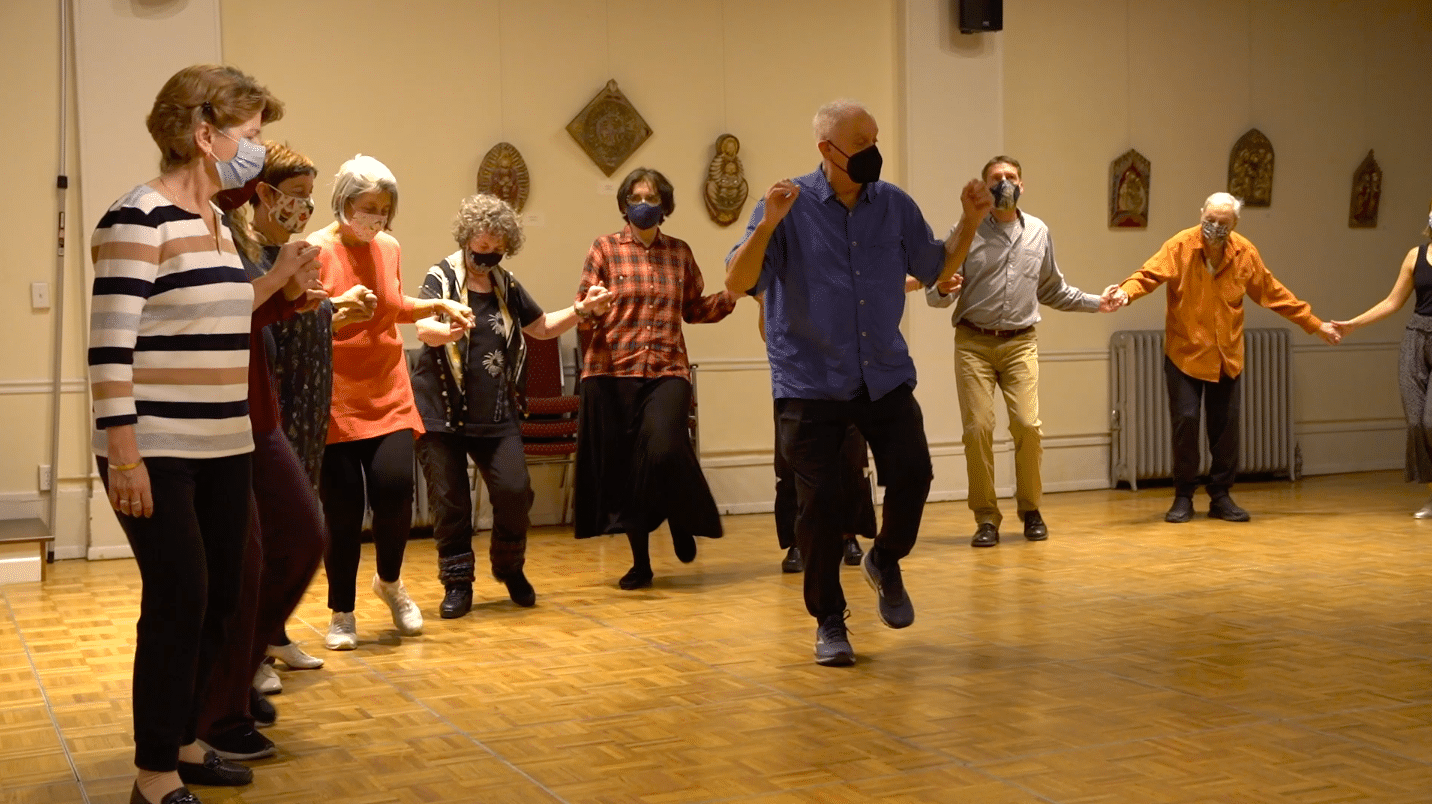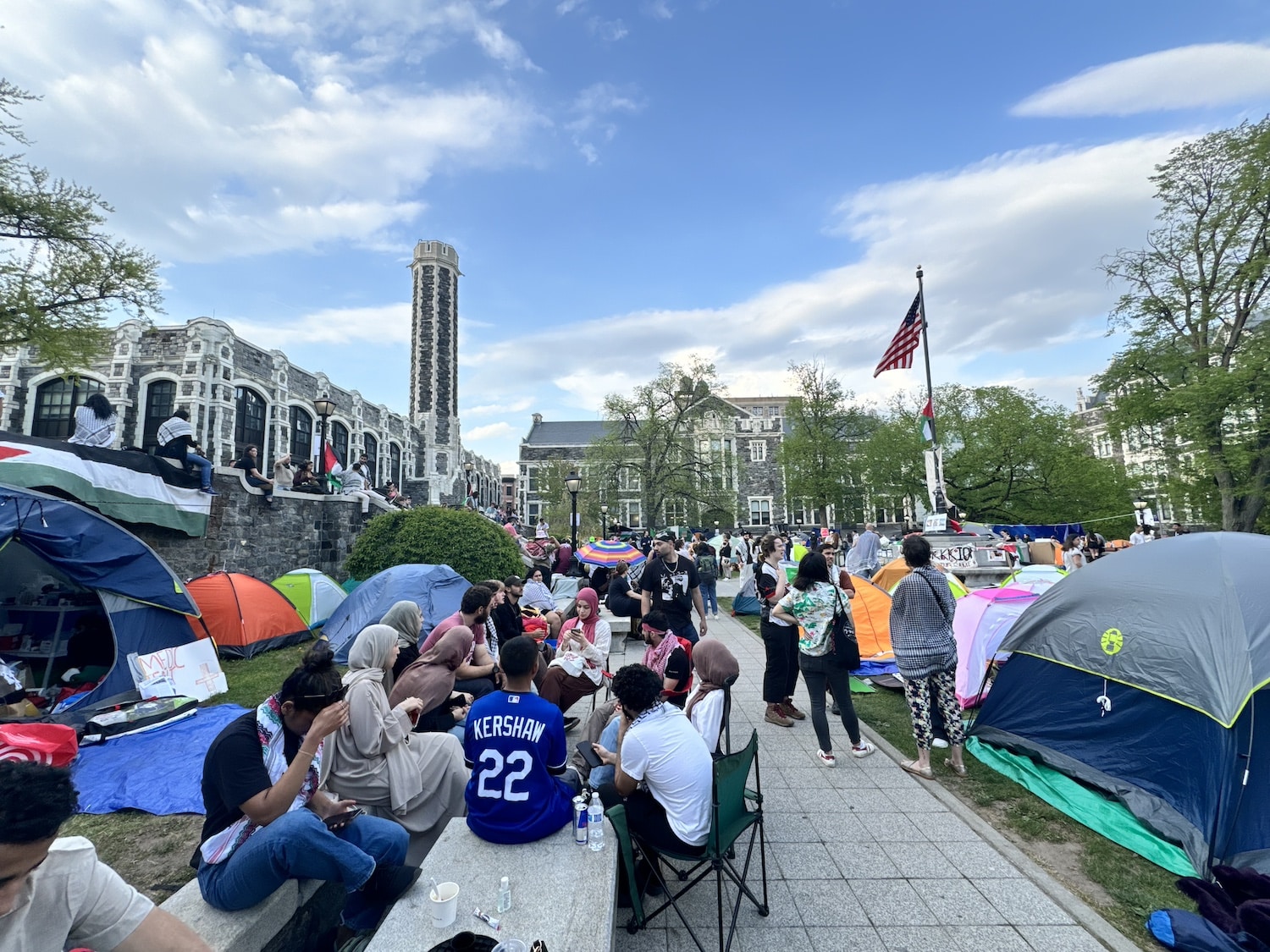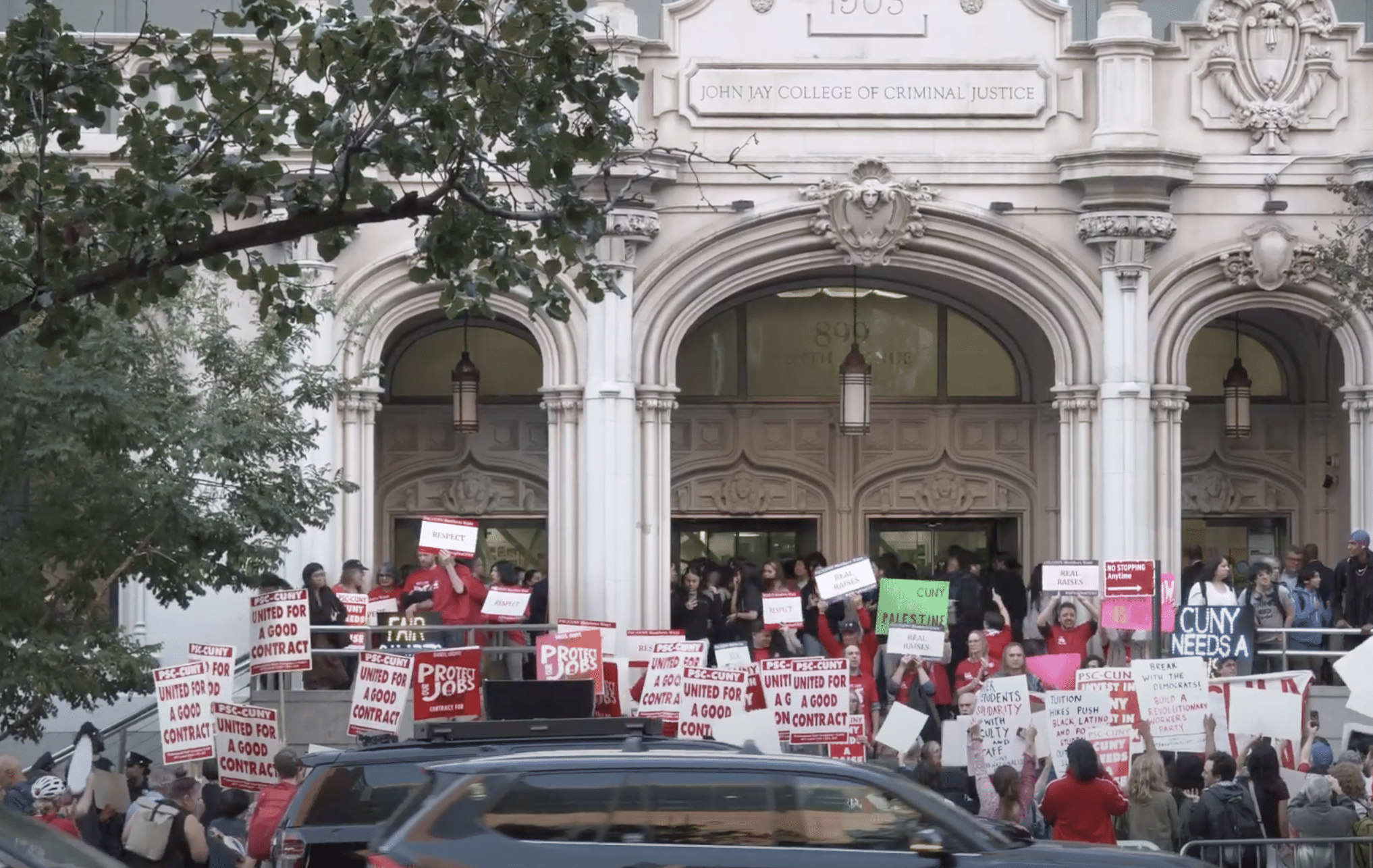If the supportive housing project moves forward in October 2023, the Emma L. Bowen Foundation and Heritage Health Care will have to relocate because the building will be demolished to make room for the new housing project. Photo Credit: Ana Maldonado.
West Harlem residents want the city to halt its plan to put supportive housing in their neighborhood. “We support social services, but the residents of Harlem primarily, people of color, are asked to take a disproportionate share of that burden,” said Ernest Lyles, who, with his wife and two children, lives near the proposed building.
Lyles worries that the neighborhood is becoming more dangerous because of shelters, injection sites, and other types of supportive housing. “The other day, my kids stopped playing in the flower beds because there were capsules from drugs being left over,” Lyles said.
The plan calls for a nine-story building with 120 supportive housing units and 80 apartments for low-income New Yorkers, and it would replace an existing building between West 145th and 146th Streets on Amsterdam Avenue. It is right across the street from an elementary school, which adds to the concerns. Residents hope that politicians are listening to their objections because the project still faces a public review under the Land Use Review Procedure law and must be approved by the city council.
New York City’s supportive housing strategy is designed to create permanent solutions for individuals and families who were previously homeless or at risk of becoming homeless. The project has been planned since 2019, but residents learned about it in September of 2022. Since then, the community has talked about safety issues, distrust of the developer, objections to the relocation of existing services, the need for more low-income housing, and their objections about placing too many of these facilities in Harlem.
“As a society, we ask the question to the low-income communities: Why don’t you want this thing? But whiter and wealthier neighborhoods never get asked to shoulder their fair share of these programs,” said Shawn Hill, a co-founder of the Greater Harlem Coalition, an organization that advocates for more equitable distribution of supportive housing throughout the five boroughs.
According to Hill’s organization, Harlem has more supportive housing apartments than many other neighborhoods such as SoHo and TriBeCa. “You don’t concentrate fire departments or libraries within three blocks of each other. You can plan how to distribute these facilities instead of just dumping them in black, brown, and immigrant communities,” said Louis Penny, a long-time Harlem resident and member of Concerned Citizens for a Better Harlem.
The building has two tenants in the health care facility now. They will move to a building they own at 1649 Amsterdam, and the Emma L. Bowen Community Center, which offers various mental health and other supportive services to the Harlem Community and is slated to have a place in the supportive housing development.
Emma Bowen Center chair Patricia Jordan supports the plan for supportive housing. She said, “Our longtime location is a city-owned property that will soon be redeveloped into a much-needed affordable and supportive housing community.” It is estimated that the Service Center will return to the building in four to five years.
The Department of Housing Preservation and Development (HPD) is responsible for developing and maintaining affordable housing throughout the five boroughs. It makes loans to non-profit and for-profit developers to develop supportive housing units. HPD chose the non-profit Bowery Residents’ Committee (BRC) to develop the building. BRC plans to have a 99-year lease on the property owned by NYC Health + Hospitals.
But advocates cite BRC’s bad behavior in the past and claim it is not a good partner for Harlem. BRC was audited in 2021 by the Office of the New York State Comptroller to verify program-related and allowable costs. The report found that the funds were related to staff appreciation, entertainment, and other, “…expenses that did not comply with the Fiscal Manual, Cost Manual, and JRR contract.”
Recently, community groups asked the developers for a safety plan, but BRC did not provide one. “They were disingenuous. They did not have many answers even though they have been working on this project for a couple of years,” said Lyles. BRC did not respond to our request for a comment or explanation.
“When supportive housing is done right, it can help people get back on their feet, have a place they call home, and maintain their health, but when it’s all together, you’re not thinking about other people in the area,” said Lisa Edmiston another long-time Harlem resident and member of Concerned Citizens for Harlem.
Local residents met with City Councilperson Shaun Abreu, who will vote for or against the project. Councilperson Abreu responded to Harlem View’s questions with a statement. He said, “I am doing everything in my power to ensure that the new administration hears our community.” But he also stated, “The solution to the city’s homelessness crisis is to build more homes, including in West Harlem.”
Community residents, we spoke with think the priorities are wrong. “People can’t afford to live where they were born and raised. They can’t afford it. And nobody cares. Who cares? Who cares about somebody who makes less than $50,000,” Edmiston said. “We need to think about everybody, not just a subset of people.”
Tags: Affordable Housing Bowery Residents Committee BRC CCNY CCNY Journalism concerned citizens for harlem Emma L. Bowen Community Center greater harlem coalition Harlem supportive housing The City College of New York West Harlem






